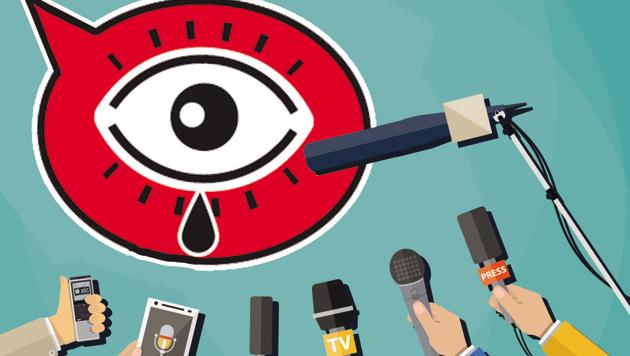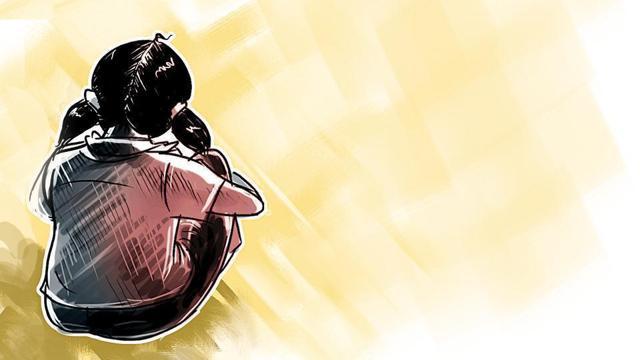Chandigarh 10-yr-old’s rape: Is media rush over a pregnant child’s trauma simply sinister?
I am sure that if you are even remotely interested in news or crime or justice or even voyeurism, you have read about her case. After all, it’s one of those where the media comes out in full force, gives several headlines, and forces you to react.
This article is full of questions. Be alarmed, please.

What are the chances of punishment for the rapist of the 10-year-old girl in Chandigarh whose case has shocked the country? Has the shock come about only because she is pregnant, and hence there is imminent risk to her life since abortion has been ruled out?
Or, let’s look at this another way: what are the chances of any such rape victim getting justice in India? Last year, 15,000 cases were registered under the Protection of Children from Sexual Offences (POCSO) Act, and only 1% of the accused were punished, according to data shared by Nobel laureate and child rights activist Kailash Satyarthi.
In Chandigarh, 10 rape cases of minors have already been reported since January. In 75% of these cases, the accused were known to the victims, say police. In the 10-year-old’s case, the perpetrator was her maternal uncle.
I am sure, if you are even remotely interested in news or crime or justice or even voyeurism, you have read about her case. After all, it’s one of those where the media comes out in full force, gives several headlines, and forces you to react. In that reaction, some loaded, rhetorical questions are gaining currency: why does the media handpick some cases and not others? Is the media being intrusive, insensitive to the victim and her family by reporting the tiniest details?

Let’s come to those later. I want to present some questions that are not being asked with the same degree of interest.
How many such cases see counselling or even help for the victims and families so that they do not turn hostile under pressure? In a similar case of a girl in Moga who was allegedly sexually abused and thrown off a bus resulting in her death, the accused were acquitted because her mother turned hostile.
Let’s be blunter. How many cases see police and prosecution not taking the matter through to its logical end by weakening the evidence?
You can grapple with these questions later. I will go back to the ones being asked of the media.
First, know that the media is not one large lump that moves and acts together. But let’s ignore that to be obtuse, and try to answer the main question in the same tone in which it is being asked.
Look, in a country the size of India, and by the very nature of the publishing methods, it is impossible to put every one of the 15,000 cases of child rape in a year on the front page or cover them with the same level of intensity. The media ends up picking some cases to highlight a larger scenario. I am sure you know that.
As for the insensitivity in dealing with the victim and her family, there are no easy answers. This is where the tone of this article changes.
Overtly and simply, the target of media outlets — run in most parts as profit-driven companies — is to grab more attention than the competitor. Given the huge number of such outlets now, the count of reporters approaching the girl’s house — servant quarters in a kothi — and her parents, both of whom are low-income workers, to get an ‘exclusive’ is enormous. From newspapers headquartered in Chandigarh to the local editions of national papers, to websites that need a constant supply of content to populate your Facebook feed, they’ve all been there. So much so that the father has approached the UT authorities to plead that the family be saved from the media.
But this media circus is not the outcome of a loss of compassion. That is simplistic. Many journalists have written sensitive stories highlighting the ordeal that such a victim goes through. Many have come back teary-eyed from the house, not because they could not get an exclusive, but because they felt something. It must be understood that the father’s anger towards the “intrusion” is rooted in a sense of shame forced upon him by society, not by the media as such. It must also be understood that the primary purpose behind the media’s amplifying the case is a quest for justice, whether as an idealistic pursuit or for TRP, but justice nevertheless.
That justice is to come from those who sit in positions of governance and power. Let me end with a question. Should justice come only in those cases that grab headlines? This holds many answers.
Email: aarish.chhabra@htlive.com | Twitter: @aarishc





